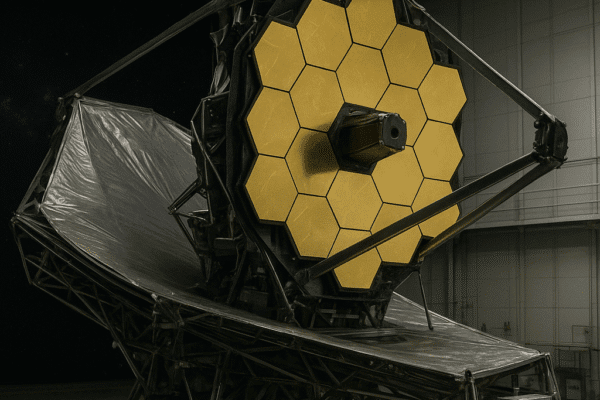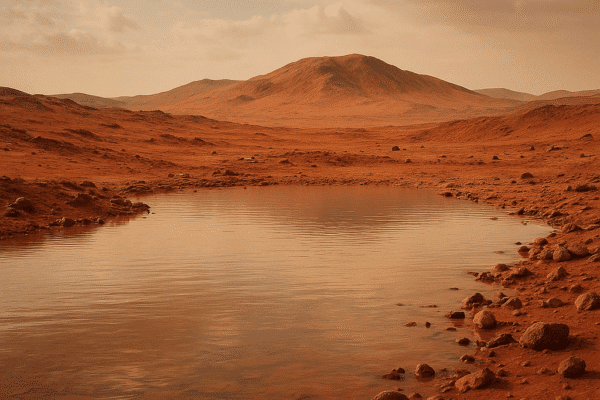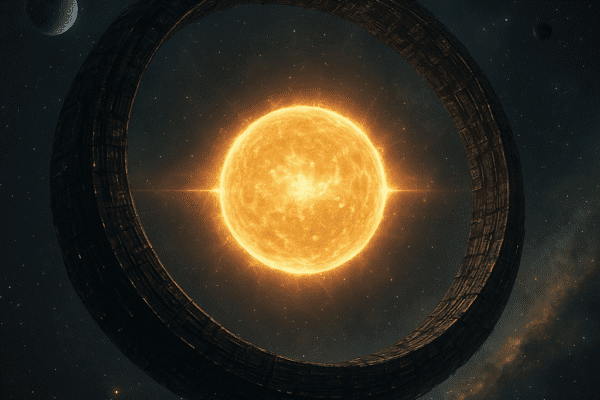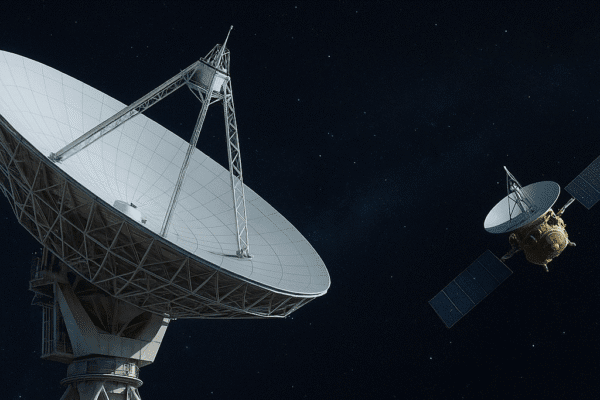
The Engineering Behind Space Telescopes
The Engineering Behind Space Telescopes explores the intricate fusion of advanced technologies that enable humanity…

The Engineering Behind Space Telescopes explores the intricate fusion of advanced technologies that enable humanity to peer deep into the cosmos. From launch vehicles to precision optics, each element must perform flawlessly in the harsh environment of space. This article delves into key design principles, material selection, and control systems that underpin the success of…

The recent confirmation of liquid and frozen water on the Red Planet has sparked a wave of excitement among scientists and space enthusiasts alike. This monumental finding reshapes our understanding of planetary evolution and opens doors to new possibilities in the quest for extraterrestrial life. By delving into the layers of Martian terrain and examining…

The ripples that traverse the cosmos, once a theoretical curiosity, have become one of the most profound windows into the workings of our universe. The prediction of gravitational wave phenomena nearly a century ago laid dormant until technological ingenuity and perseverance led to their first direct observation. These spacetime vibrations carry information about cataclysmic events,…

The idea of capturing a star’s entire output has captivated scientists, writers, and dreamers alike for decades. Conceived as an ultimate solution to cosmic energy demands, the concept of a Dyson Sphere represents both an aspirational beacon of human ingenuity and a thought experiment in the search for alien civilizations. This article explores the origins,…

The International Space Station represents humanity’s most ambitious venture in low Earth orbit, a beacon of international cooperation and cutting-edge technology. Astronauts aboard this orbiting outpost experience a host of unique challenges that test both body and mind. From the constant presence of microgravity to the threat of radiation, daily life in this confined habitat…

Since humanity first gazed upon the night sky, we have been captivated by its beauty and perplexed by its enigmas. Modern astronomy and astrophysics have uncovered remarkable truths about the universe, yet some of the greatest mysteries remain unresolved. From the unseen cosmic scaffolding of Dark Matter to the fleeting signals known as Fast Radio…

The dream of exchanging sandy beaches for the boundless expanse of space is swiftly moving from the realm of science fiction into reality. Space tourism has transitioned from a fanciful notion to a multibillion-dollar industry driven by innovation and private enterprise. As rockets roar into the sky more frequently and astronauts – both professional and…

Exploring the void between planets and stars requires more than rockets and scientific instruments—it demands a robust and reliable means to exchange information across vast cosmic distances. From the first whispers sent to the Voyager spacecraft to the promise of laser-based links for future missions, mastering the art of interplanetary data transmission has been a…

The nature of time shifts dramatically once humanity ventures beyond our planet. Far from a steady, universal metronome, time in space bends and stretches under the influence of massive bodies and rapid motion. Understanding these effects is essential for deep-space missions, satellite navigation, and fundamental physics research. This article delves into how time behaves differently…

The Sun is not merely a glowing orb in the sky but the dynamic heart of our cosmic neighborhood. Its immense influence extends far beyond its visible surface, sculpting the very structure and behavior of the Solar System. From the swirling clouds of the early protoplanetary disk to the fragile atmospheres of distant worlds, the…